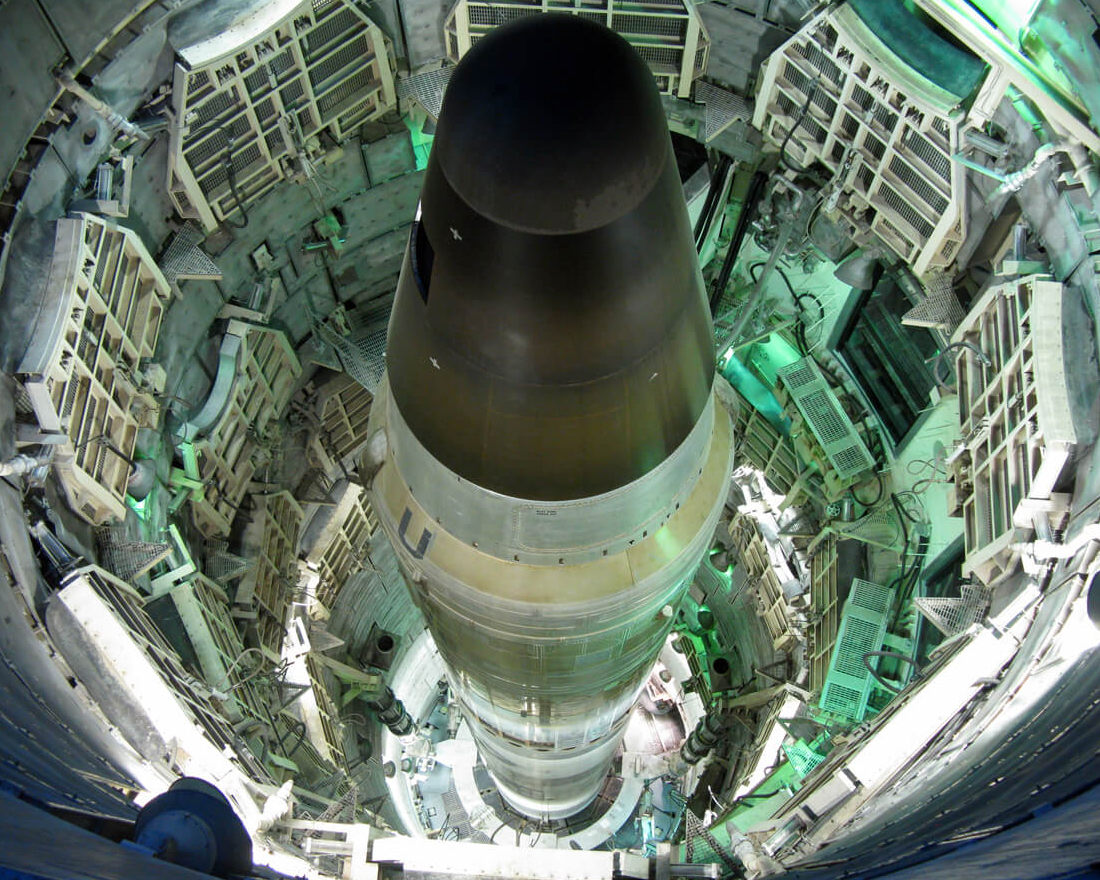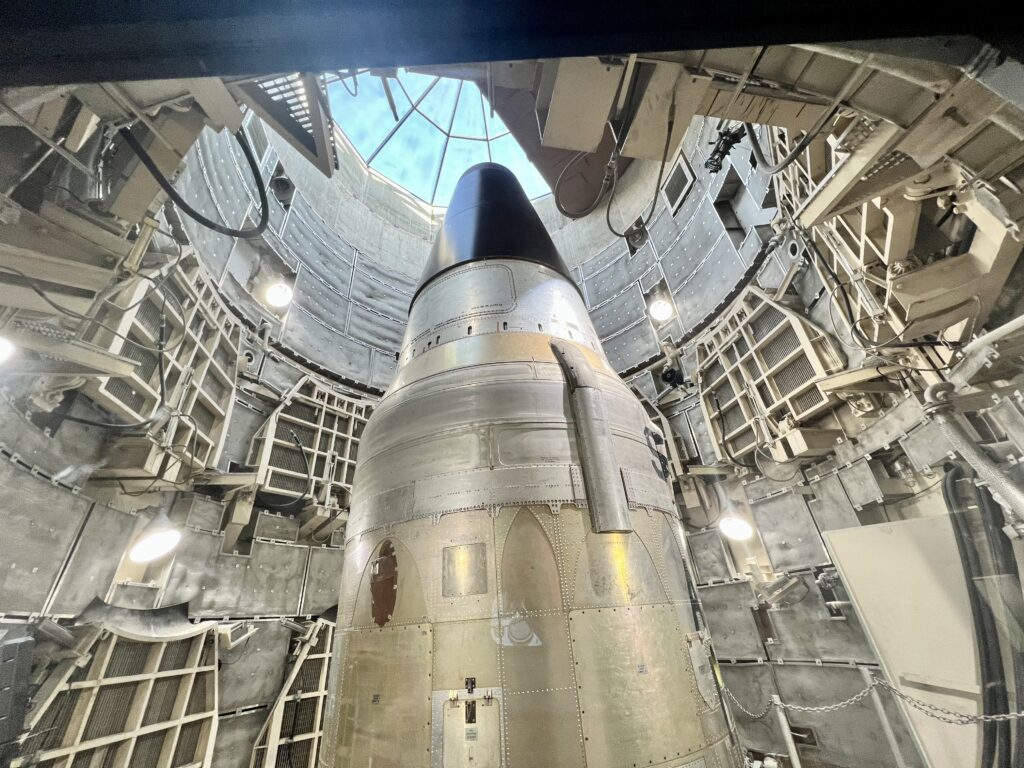Yorktown, Gettysburg, Pearl Harbor. Locations synonymous with America’s military history. Battlefields immaculately preserved, some of the best places to explore American history. But what about the Cold War? A conflict fought on the battlefields of economic and political ideology. A 40 year struggle between the United States and the Soviet Union, with Capitalism ultimately prevailing as the world’s dominant economic system. Unlike previous wars, there are no battlefields to visit, a fact we should all be thankful for. But we can still visit where the battles would have been fought, the silos which housed America’s nuclear arsenal. One such silo is preserved as the Titan Missile Museum, and it’s an amazing historical site.
Located just outside of Tucson, the museum preserves the only remaining Titan II missile site in the United States. The Titan II was America’s most powerful ICBM, armed with a 9 megaton warhead, equivalent to nine million tons of TNT. For more than 20 years, 54 Titan II missile silos stood ready across America, prepared for nuclear war with the Soviet Union. The Titan Missile Museum is the only remaining site, the other 53 demolished in accordance with nuclear treaties. Now designated as a National Historic Landmark, it’s hard to picture a better place to learn about the Cold War.

Staring down at the Titan II resting in its silo, you appreciate the destructive potential of the weapon. Standing 10 stories high and more powerful than all the bombs dropped during WWII combined, it’s hard not to be impressed. While the actual missile silo is incredibly interesting, the rest of the facility might be even more fascinating. With everything in the facility being original, and incredibly well preserved, the silo is like a 1960’s time capsule.
When first entering the facility, you travel down a set of stairs, and immediately come to a set of blast doors. Weighing 3 tons and designed to protect the missile crews from a Soviet nuclear attack, you quickly realize the scale of the site. Next you travel down a corridor to the Launch Control Center. In the event of nuclear war, this is where the silo crew would have armed and launched the Titan II. Utilizing 1960’s and 1970’s computers, the missiles were controlled via technology much less powerful than even the cheapest cell phones today.
After visiting the Launch Control Center, the tour continues through the crew’s living quarters. The barracks were simple and unassuming, not much more than a few bunk beds. The kitchen similarly small and simple. I chuckled at the lack of microwave oven. A technology that wouldn’t be invented until several years after the Titan II site was built. Mastering nuclear weapons was no problem, the microwave was a more advanced technology that took a while to develop.

After visiting the crew quarters, the final stop on the tour is the inside of the missile silo. I don’t have a ton to say, other than it’s really cool. All the tour guides are former crew that served in similar missile silos. In addition to being extremely knowledgable about the site, they can offer insights on the psychological aspect of serving in one of these facilities. The responsibility of knowing you might have to launch your weapon, destroying an entire city half way around the world. Explaining both the operations of the silo, and how the crew handled their responsibilities, made for a very interesting tour experience. I thoroughly enjoyed my visit to the Titan Missile Museum, and highly recommend it for anyone interested in history. It’s really a unique piece of American history, and you can learn so much by visiting. If you’re ever in Southern Arizona, I highly recommend a visit, it’s well worth the trip.



I didn’t know you could take such an extensive tour of this play? Really interesting.
If you’re willing to overcome your aversion to Tucson it’s a cool tour. They used to have an option where you could stay overnight in the crew quarters. I vote they bring that back.